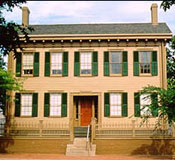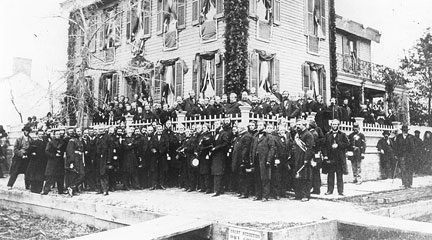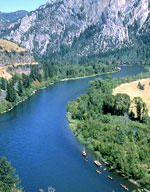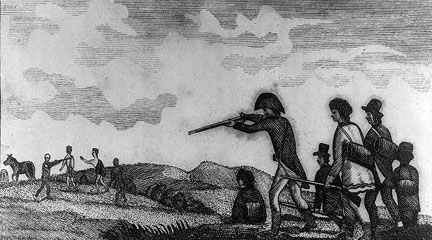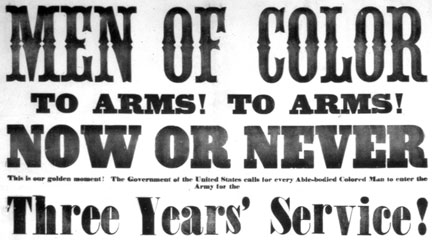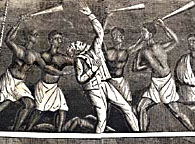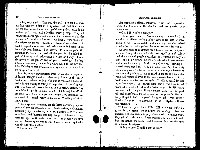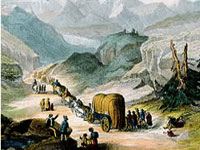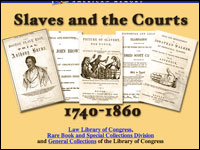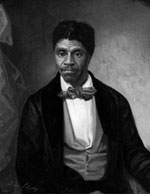Three Perspectives on Native American Removal and Westward Expansion

In small groups students study the arguments for and against the forced removal of the Cherokee peoples from their homeland in the 1830s.
The two features that we like best about this lesson are the interesting primary source materials and the framework that is provided for group work related to the texts. The readings are presented as a packet of letters, documents, stories, and speeches that have been edited to make them easier for students to read. The group guidelines establish clearly defined roles within the groups. These roles compel students to look at specific features of the texts like source, context, and audience. Thus the group-work guidelines make it easier for students to see what they need to pay attention to when looking at primary sources.
The focus questions for each document which are provided at the end of the document package are also helpful. These questions help to ensure that students understand the documents, but teachers will likely want to add additional questions to meet their specific learning objectives.
The two lessons in this unit use the same basic packet of 10 readings, but neither lesson provides detailed instructions about how the materials should be used. Teachers are encouraged to select readings and questions to meet the needs of their students. Finally while neither lesson requires writing, there are a variety of opportunities to insert meaningful writing tasks into the lessons, particularly in the final assessment of the second lesson.
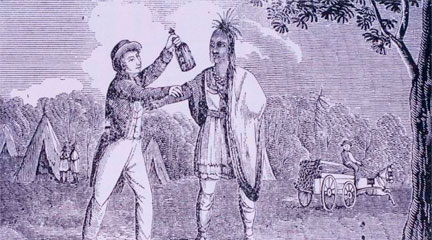
Yes
No Background information is provided for teachers but not for students.
No The lesson requires close reading of documents, but little to no writing. We recommend that teachers use the guiding and focus questions to create their own writing assignments.
Yes The Audience, Connector, and Time Researcher roles in the group task require students to search documents for evidence and interpret the significance of what they read.
Yes Only limited information about where resources come from can be found in the edited documents. Fuller information about the sources can be found in the Resources section of the unit.
Yes The lesson is flexible to meet the needs of a wide range of students.
Yes Tasks within the group-work structure are arranged in order of difficulty—teachers can select the appropriate level of challenge for their students. No support is provided to structure student note-taking on group presentations, however.
Yes We recommend the suggested assessment activity where students respond in writing to one or both of the initial guiding questions. No explicit assessment criteria are provided.
No Very few directions are provided. Teachers need to select among the materials to meet the needs of their own students and classrooms.
Yes The learning objectives are clearly stated, but teachers will likely want to focus on just one or two of the four objectives.
